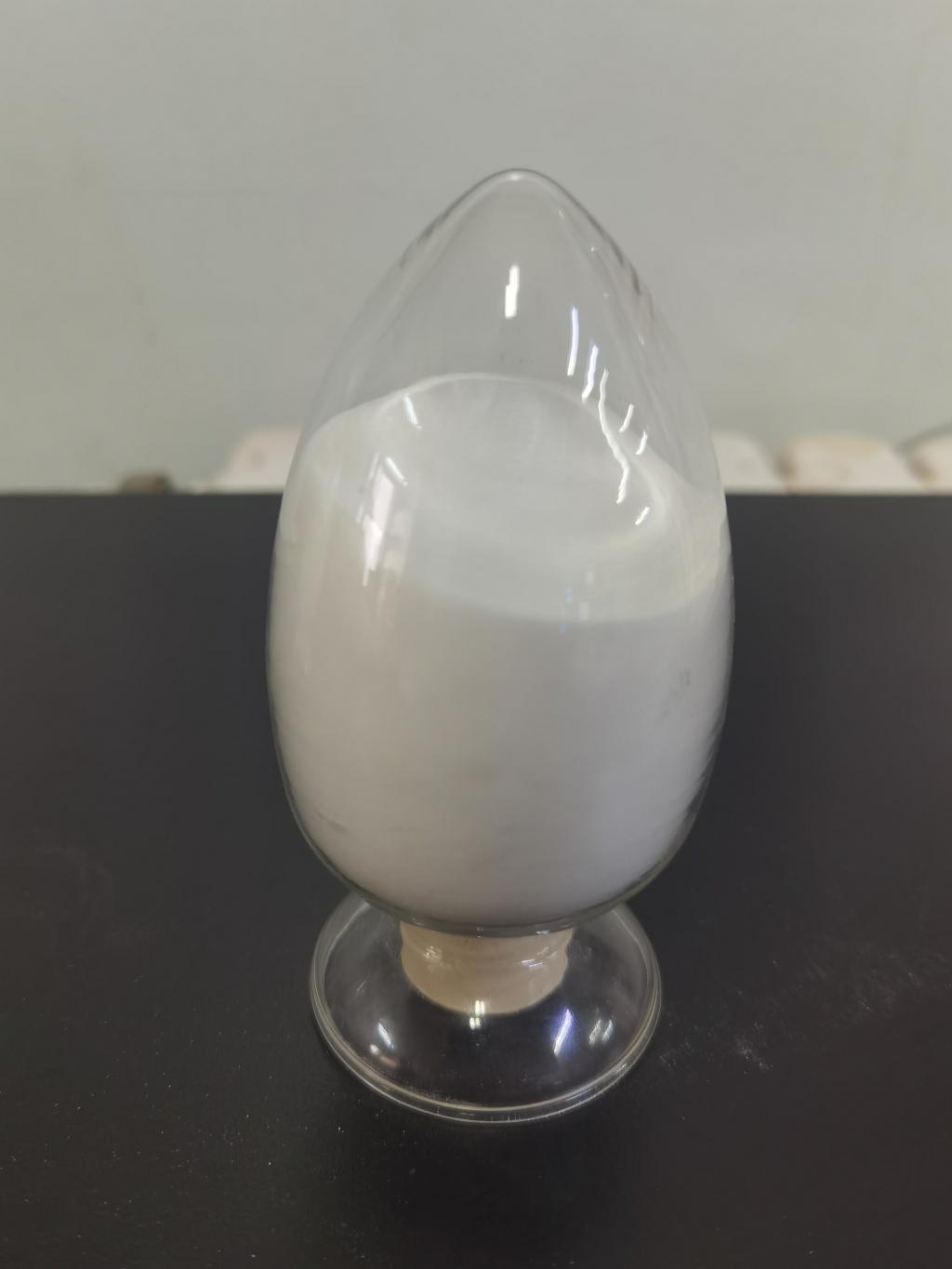Tel:+8618231198596

News
 CONTACT
CONTACT
 CONTACT
CONTACT
- Linkman:Linda Yao
- Tel: +8618231198596
- Email:linda.yao@dcpharma.cn
- Linkman:CHARLES.WANG
- Department:Overseas
- Tel: 0086 0311-85537378 0086 0311-85539701
News
Current Position:
Home >
News
>Development of ε-Polylysine hydrochloride-based preservatives for gluten-free foods
Development of ε-Polylysine hydrochloride-based preservatives for gluten-free foods
TIME:2024-09-03
Understanding ε-Polylysine Hydrochloride
ε-Polylysine (ε-PL) is a cationic polymer composed of lysine units linked by ε-(γ-lysyl) bonds. It is produced via fermentation processes and exhibits broad-spectrum antimicrobial activity against a variety of bacteria, yeasts, and molds. The hydrochloride form of ε-PL is highly soluble in water, making it easy to incorporate into food formulations. Its natural origin and recognized safety status make it an attractive preservative option for food manufacturers.
Challenges in Gluten-Free Food Preservation
Gluten-free foods are particularly susceptible to spoilage due to the lack of gluten, which provides structural integrity and often contains natural preservatives. Without gluten, these products are more prone to moisture-related issues, microbial growth, and faster staling. Traditional preservatives used in gluten-containing foods may not be as effective in gluten-free counterparts, necessitating the development of novel preservation strategies.
Advantages of ε-Polylysine Hydrochloride in Gluten-Free Foods
Enhanced Safety: ε-PL can effectively inhibit the growth of pathogenic and spoilage microorganisms, thus enhancing the safety of gluten-free products. This is particularly important given the vulnerability of these products to rapid spoilage.
Extended Shelf Life: By controlling microbial growth, ε-PL can extend the shelf life of gluten-free foods, ensuring that they remain fresh and safe for consumption over a longer period. This is crucial for maintaining the quality and appeal of these products.
Natural and Clean Label: Consumers are increasingly looking for products with fewer artificial additives and preservatives. ε-PL, being derived from natural sources, fits well within the "clean label" trend, appealing to health-conscious consumers who prefer minimally processed foods.
Applications in Gluten-Free Foods
ε-Polylysine hydrochloride can be incorporated into various gluten-free products to enhance their safety and extend their shelf life:
Baked Goods: Gluten-free bread, cakes, and pastries can benefit from the addition of ε-PL. It can be mixed into the dough or sprayed onto the surface of the baked goods to prevent mold growth and maintain freshness.
Snack Foods: Gluten-free crackers, chips, and other snack foods are prone to becoming stale quickly. ε-PL can be used as a coating or added to the seasoning mix to preserve freshness and prevent microbial spoilage.
Ready-to-Eat Meals: Gluten-free ready-to-eat meals, such as pasta dishes and soups, can be preserved with ε-PL to ensure they remain safe and fresh until consumption. This is particularly important for products that are stored at ambient temperatures.
Techniques for Incorporation
There are several methods for incorporating ε-PL into gluten-free foods:
Dry Blending: ε-PL can be blended with dry ingredients before mixing with wet components. This method ensures uniform distribution throughout the product.
Liquid Addition: ε-PL can be dissolved in liquid ingredients, such as water or milk, and then added to the food formulation. This is particularly useful for products that require hydration during preparation.
Surface Treatment: For baked goods and snacks, ε-PL can be sprayed onto the surface as a final treatment after baking or frying. This method can help preserve the texture and appearance of the products while providing antimicrobial protection.
Challenges and Future Directions
While ε-PL offers numerous benefits, there are challenges to its widespread adoption:
Taste and Texture: Ensuring that the addition of ε-PL does not adversely affect the taste and texture of gluten-free products is crucial. Formulation adjustments may be necessary to maintain the desired sensory qualities.
Cost and Availability: The cost-effectiveness of ε-PL compared to traditional preservatives must be considered. As demand grows, economies of scale could lead to more affordable production methods.
Consumer Education: Raising awareness about the benefits of ε-PL and educating consumers about its role in preserving gluten-free foods can help foster acceptance and trust.
Conclusion
The development of ε-Polylysine hydrochloride-based preservatives for gluten-free foods represents a significant advancement in food preservation technology. By enhancing safety, extending shelf life, and aligning with consumer preferences for natural and minimally processed products, ε-PL can play a vital role in the growing gluten-free market. As research continues to optimize its application and explore new possibilities, ε-PL is poised to become a cornerstone in ensuring the quality and safety of gluten-free foods, contributing to a healthier and more diverse food landscape.
- Tel:+8618231198596
- Whatsapp:18231198596
- Chat With Skype







